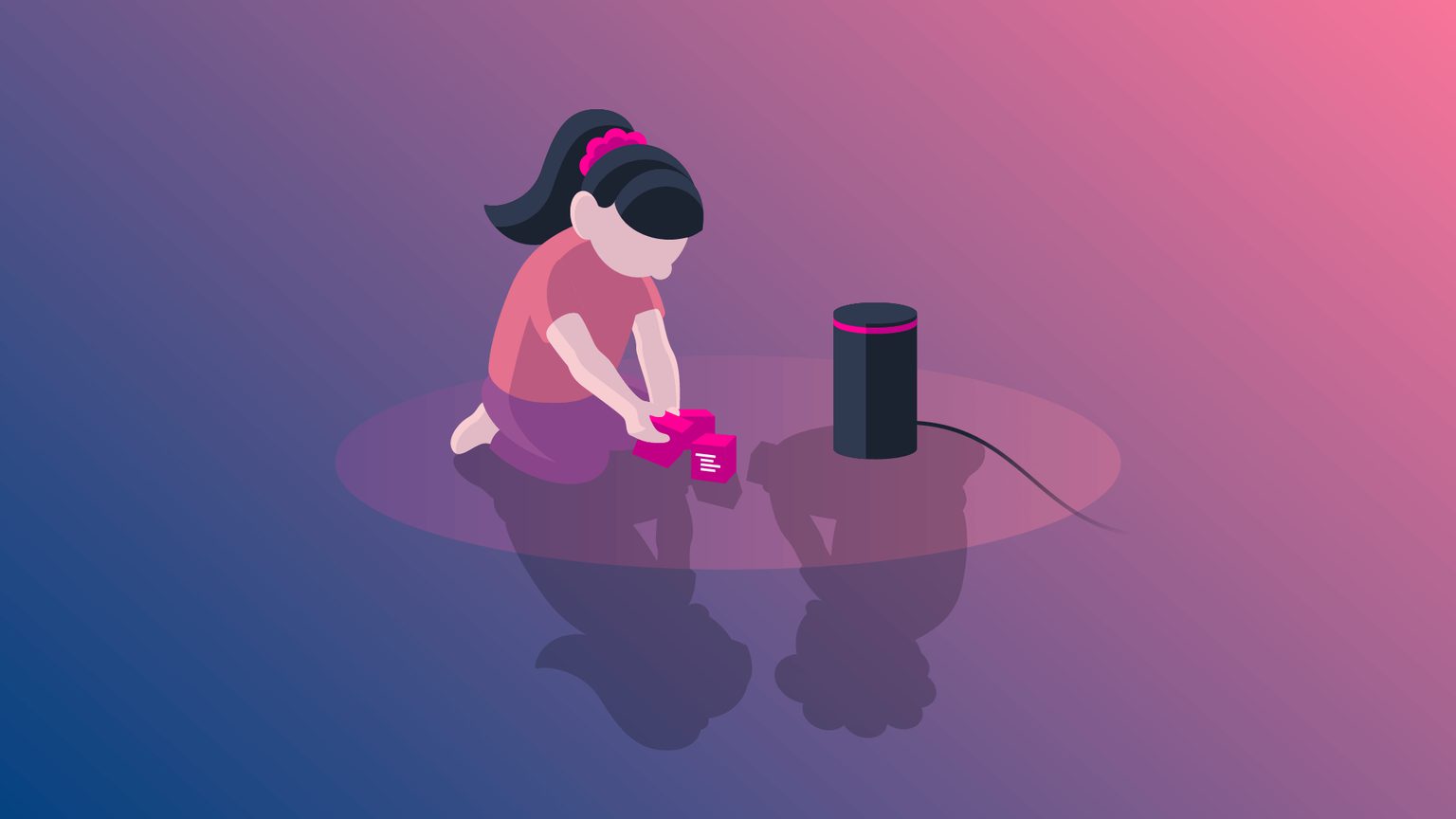
Technology
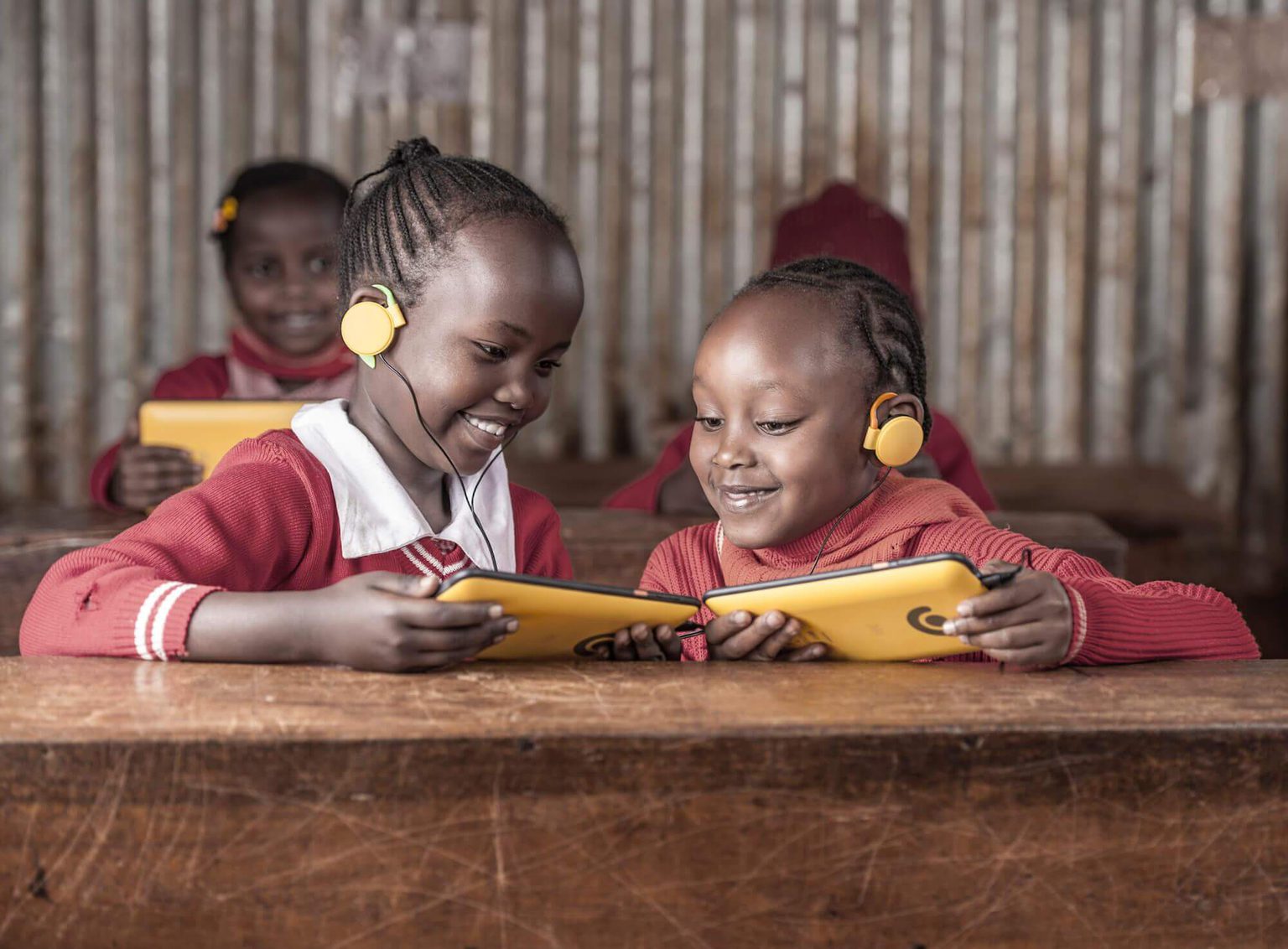
BRCK | Kio Kit
Category
Expertise
To give children in remote African villages access to a modern education, Teague partnered with BRCK to develop Kio Kit: A rugged yet simple-to-use digital classroom that houses and powers 40+ tablets.
CHALLENGE
Schools everywhere benefit from the tools and technologies of the digital age. But delivering those vital education assets to school in rural Africa can be complicated, with hurdles like extreme weather and challenging infrastructure often barricading the way.
In an effort to help children in remote areas of Africa have access to the same information and tools as other kids across the world, BRCK partnered with Teague to develop a rugged classroom-in-a-box designed to help students across the continent further their education.
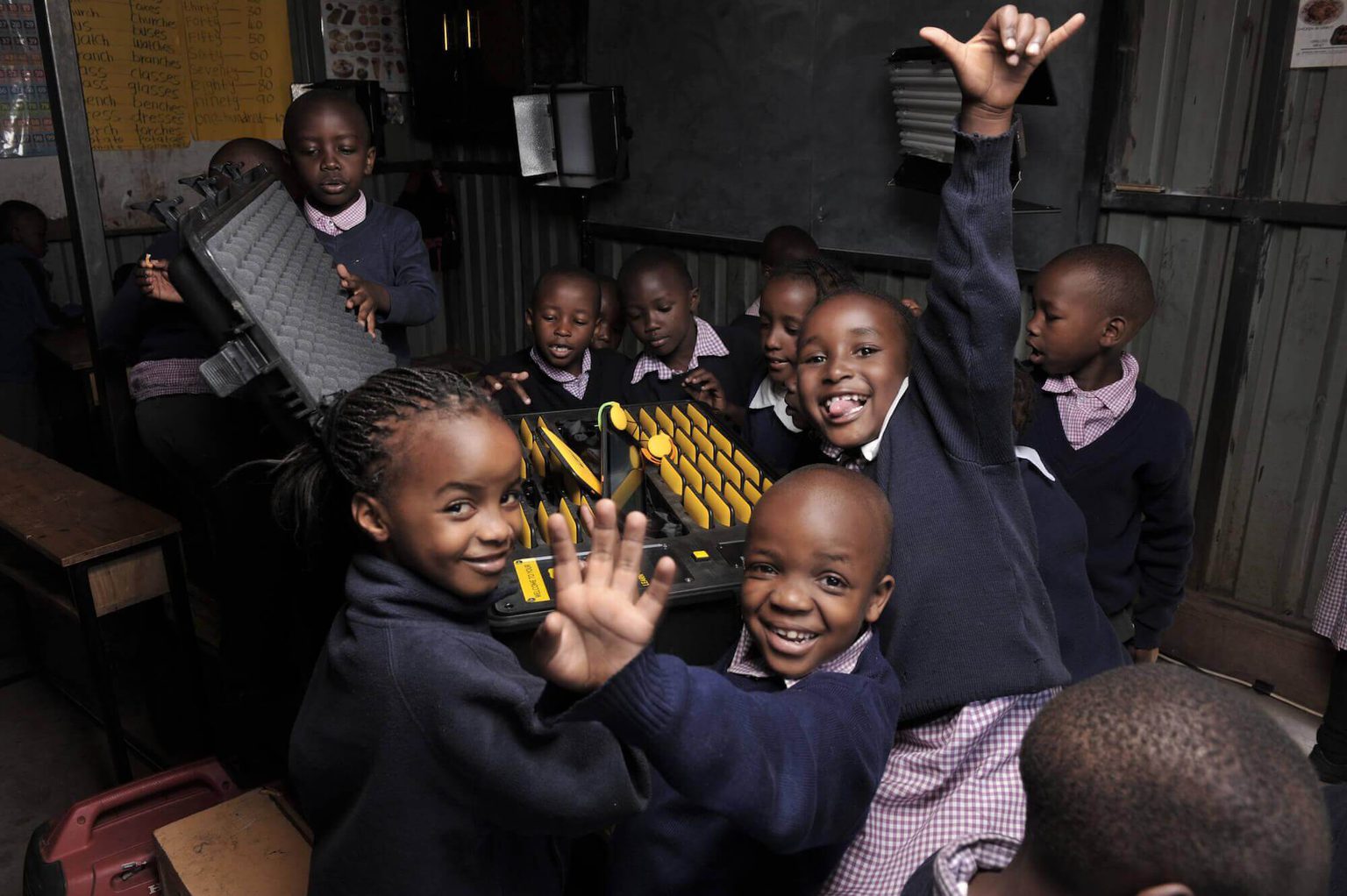
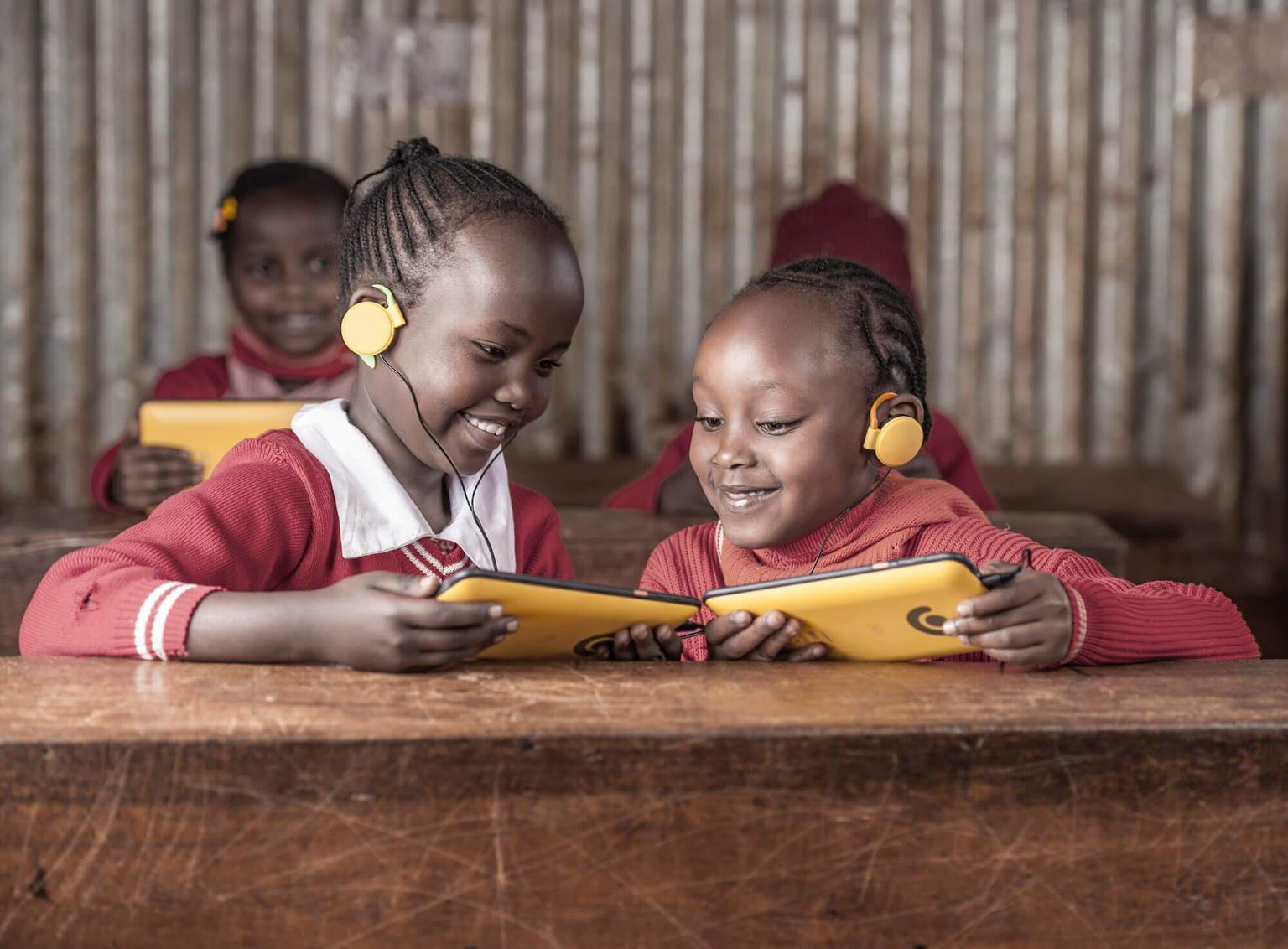
APPROACH
The BRCK cellular backhaul Wi-Fi router was developed specifically for the unique conditions of rural Africa. Paired with tablet computers, the BRCK connects kids in the most remote villages to the same information and learning tools available to kids in any city. That’s the magic of Kio Kit: a classroom in a box with 40 tablets and a central connection point and hub.
But charging all those tablets and keeping them safe from weather, theft, and the sometimes less-than-smooth rural roads while being transported between villages and classrooms requires some smart—and tough—design. Teague designers and engineers started with a standard Pelican case and, working from the outside in, customized each digital and physical detail. The end result? A durable, weatherproof, and powerful case ready to handle delivery of Kio Kits to even the most remote areas of Africa.
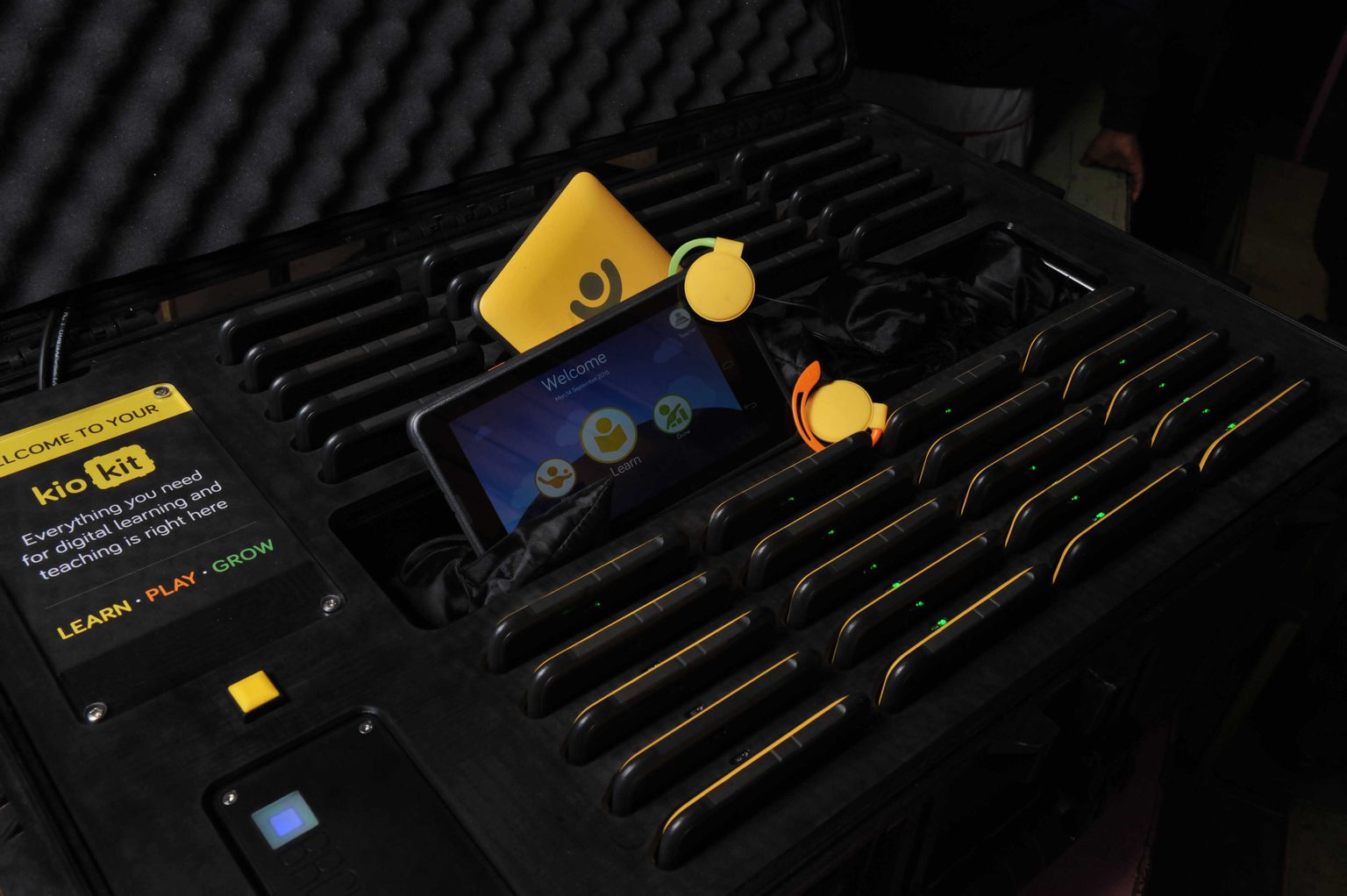
At the beginning of our design sprint which focused on creating six prototypes for the Kio Kit’s case, the team set a clear goal: one-button operation. With a classroom full of children to worry about, our team wanted to make access to Kio Kit as simple as possible for teachers to use. Because of this, the entire platform—with all 40 tablets—can be powered on and off with the simple push of a single button.
Creating this master switch was no easy feat: our one button solution required some hacking—physically opening the tablets and inserting a type of inductive receiver that Teague had been experimenting with on another project, then putting them back together in a way that aligned the receivers with the inductive coils we designed into the protective foam inserts.
SOLUTION
With Kio Kit teachers have a fully-functioning digital classroom, ready to go, in under one minute. Designed for off-grid or powerless environments, Kio Kits contain eight hours of battery life, allowing for a full school day. It can then be recharged either by mains or solar power.
Rugged, water resistant, and self-sufficient, the Kio Kit was on display until May 2019 at the Bill & Melinda Gates Foundation Discovery Center as part of Designing with the 90%, an exhibition highlighting efforts of designers around the world to develop affordable and sustainable solutions for some of the world’s most marginalized communities.